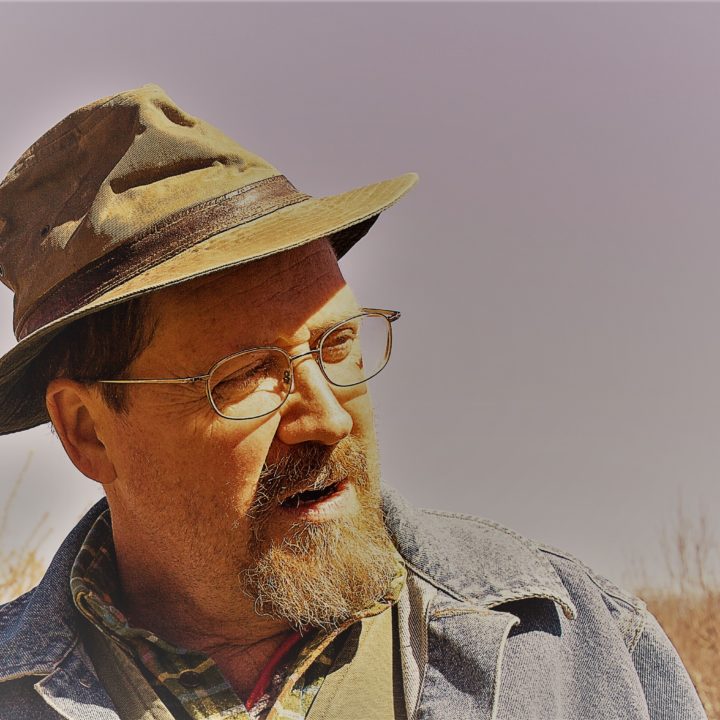There’s no measurable rain in the forecast through the end of the year, and a pall of smoke hangs over the valley from wildfires. Firefighters have been flying in from all over the country to help overloaded volunteer fire departments cope with the size and number of blazes flaring up.

Round bales of hay stored on our farm
>I spent much of yesterday hauling and stacking square bales of hay purchased from a farmer two valleys over. With each bend in the road coming and going, another dry pond, dead pasture, or dying hardwood came into view. There is a bit of the post-apocalyptic look to this land. The verdant Southeast has been laid low by two years of below normal rainfall. Wells are beginning to run dry; farmers are selling off livestock. The pasture rootstock is at or beyond any quick recovery.
The tried-and-true strategies of rotation, permaculture, and old-fashioned conservation help mitigate the worst effects. Or perhaps “mitigate” isn’t the right word. Defer? Yes, the tried-and-true strategies help defer the worst effects. Mid-south agriculture is based on, depends on, plentiful rainfall, not irrigation — the result of a cornucopia of happy geographic coordinates.
Is this drought a direct result of climate change? It’s impossible to know for sure. Grazing and growing practices are based on the faith that things will continue long term much as they always have. But will our happy coordinates no longer contribute to our abundance? With exceptional droughts and 1,000-year deluges occurring with the regularity of the rising sun, I’m inclined to sound the ram’s horn. I’ve discussed with other area farmers how to prepare for a warmer climate. But what has only become clear in the past few years is that we have to prepare for an unstable climate.
For those who live in the city and buy their meat and veggies at the grocery store or at The Olive Garden, drought and heavy rain are an inconvenience. For those who produce a measure of food for the public, climate instability can be ruinous. For the average rural household of South Roane County, which earns a paltry third of the income of East and West coast city dwellers (low-$20,000s vs. $60,000s), the ability to grow at least some of their own food can mean the difference in surviving and not.
My concerns for the future lie in the intersection of community and self-sufficiency. Thinking of all the rural communities devastated this year by floods in places like the Carolinas and Louisiana, I wonder if those communities will ever come back: the foundations of neighborliness foundering on economic dissolution and post-growth politics. My gut tells me that no one left or right in the political elites really gives a shit. Which in the past has been okay because the rural folks traditionally have made do.
That is, they were able to make do based on the old model. It is this new climate model about which I’m not so sanguine. Sure, we can stockpile our hay, pull our livestock off sensitive hill pastures, nurse our orchards, vines, and gardens with a careful tonic of water (provided it is not stolen by cities at war with us and each other over water stocks). We can make these changes for the short term. But those are actions based on a hope that this is just an aberration, that things won’t get really bad, that the worst imaginings of our mind are like a fever in the night that passes before waking.
My worst imaginings are for uncertainties for which you can’t model an outcome.






